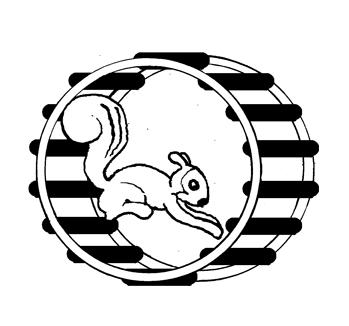Print With Us
NOTE ON AVAILABILITY
We're currently undertaking a publishing project and have limited availability to take on new print-for-hire work.
We can recommend getting in touch with Helio Press, Stray Pages, Treepaper Gallery, Neighbourhood Press, Pinch Press or The Rizzeria.
Having said that, feel free to send through quote requests for print jobs and we'll let you know if we we're able to help your project.
Thanks!
If you're interested in printing with us, follow this link to a request a quote.
Or send us an email at glompress (at) gmail (dot) com and make sure you let us know:
- How many colour layers your print/ project will have.
- How many copies you want
- A timeline you need it done by
- What kind of paper you want to print on
- What size your print/project will be
- How many pages your book/zine will be
- If it's a book or zine, do you want it staple bound or perfectbound.
You can follow the work we've been printing on our Instagram.


Paper
Our standard paper stock is Envirocare offwhite Recycled in either 100, 150, 250gsm.
Any papers outside of those two add a little extra to the quote.
Our printer only accepts uncoated stocks from 40gsm to 250gsm.
The max print dimensions are A3, and we can’t print A3 full bleed (roughly 290mm x 407mm max printable area).
If you wanted to use a colour paper stock, we have a variety of options on hand.
If you let us know what colours you might like, we can see if we have any, or our go to for ordering colour stock is Ball & Doggett, who offer a range of uncoated colour papers in their Kaskad or Colourplan ranges (visible via their website).
Ordering special paper would have an effect on the quote also add just under a week to the printing schedule.
What is Riso?
If you're unfamiliar with Risography, it is a duplication process invented in the 80s by the Japanese corporation RISO Kagaku and undertaken on the machines they manufacture.
It could be put most simply as a multi-layer printing process like screenprinting that has been semi-automated by combining with photocopying. It was originally intended for use in offices and organizations but has come to be used by artists and designers for prints, zines, posters, art books and the like. This is largely due to the vivid colours and stylish, artisinal effect that can be achieved without the expense and labour of a more hands-on process such as screenprinting.



How it works
Each colour has a separate drum that fits into the machine.
The printing process is as follows:
-
You send art from a computer or from the flatbed scanner to print.
-
This makes the machine produce a “master” or a stencil, of your art, which is burnt using a thermal printhead onto a sheet that feels waxy like baking paper.
-
This “master” of your art is then wrapped around the drum, and the old master that was on the drum gets thrown out.
-
Paper is picked up from the lefthand side of the machine and sent through inside, where a pressure roller pushes the paper into the drum as it moves through from left to right, the drum makes ones full rotation printing the entire image onto your paper as it travels from left to right.
-
The paper is fed out the right hand side of the machine with your print/layer on it.
For the finished prints, we don’t really use terminology like “B&W” or “Colour printing” as you would with a digital printer, with Riso, we print things in layers.
So you can still have a “full colour print” although it’s less common in riso printing mainly due to the cost. To do it, we have to send a piece of paper through the machine 4 times - one for each of the approximate (CMYK) Cyan, Magenta, Yellow and Black values.
How do I prepare my files for print?
To print, we ideally need a b&w or greyscale image for each colour of your print as each colour layer requires a separate pass through the machine.
This would typically be a digital image but we can print from a hardcopy if preferred.
300dpi or Higher is preferred. You can either provide a separate file such as a jpeg or tiff for each layer or a multi layer document such a PDF, TIFF or zipped PSD - with each layer labelled with the desired colour.
How you create the image is up to you. You might create the layers with analog or digital methods, either in B&W or in colour and converted to B&W.

Can I send Glom a full colour image for print?
Yes, for an added fee (depending on complexity) we can break your full colour image down to prepare it for printing with the Riso. If you wanted to do this yourself you might start with a full colour image and break it down into colour layers by methods such as 'channel splitting'. This is a process you can do on software like Photoshop and takes your full colour image and splits it into 4 seperate CMYK layers. Bear in mind the Riso colours are not one-to-one equivalents so the result will not be one-to-one either.
As mentioned the virtues of Riso are style, impact and effect. It can't produce an exact duplicate neither can we promise perfect registration, but usually that's all part of it's charm.

